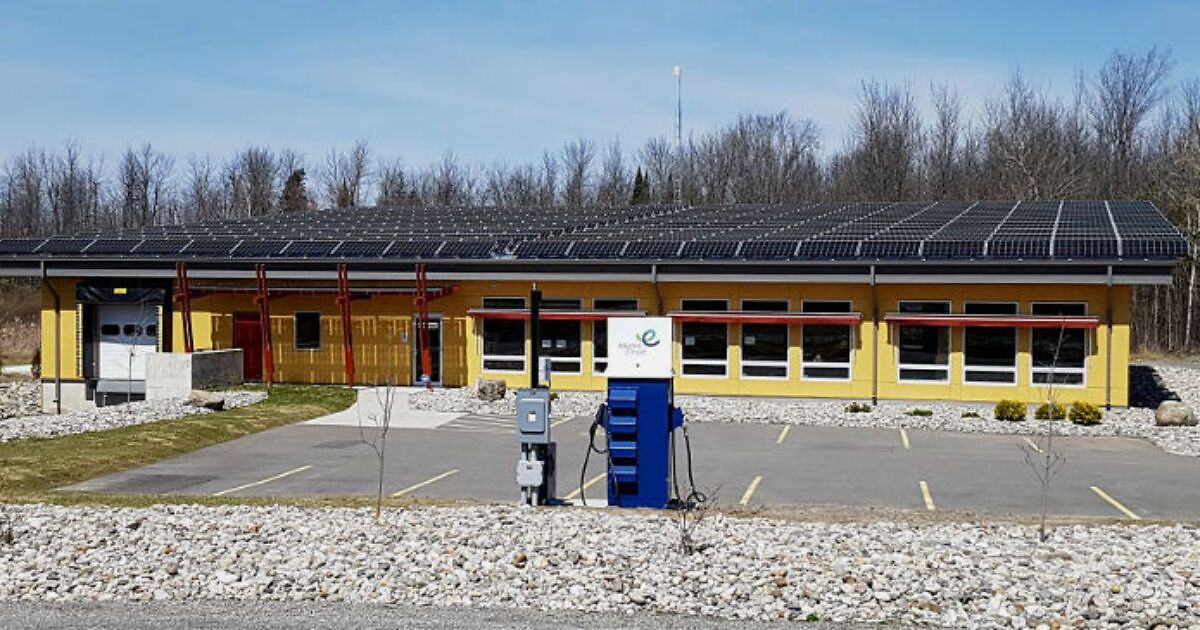Good, you can afford quality equipment. There are many inexpensive inverters, some may be OK. The top brands have a track record of durability and a selection of equipment to build a large system. I'm recommending SMA because that's what I have and know, and others here have recommended Victron, Outback, Midnite Solar, Magnum, Xantrax and Schneider.
Here's a brochure from SMA showing a few customer systems:
They used to sell inverters for wind turbines as well, but dropped that. PV is a larger market. Their older models have settings to work with wind turbines, which would also need circuitry to provide dump loads/braking and clamp any voltage overshoots. Alternatively any DC coupled charging system could be used. A shunt measures charge current so the battery inverter can keep track of it.
Here in the US we have a number of surplus and used sources of PV equipment, sometimes closeouts of new equipment for a fraction of retail (especially due to a high profile fraud/bankruptcy of one company selling products.) A lot of us get panels from Santan Solar. Others are ordering directly from manufacturers in China. You'll have to see how ordering direct and shipping costs compare to your local vendors.
Australia power is 230V 50 Hz, like much of Europe. Off-grid of course you can do what you want, but your appliances will probably be local. Many things run OK on voltages from 208 to 240V and 50 to 60 Hz, but for some the frequency makes a big difference.
I have SMA Sunny Boy 6048 battery inverter (48V battery, 120VAC 6000W) and a variety of Sunny Boy PV inverters from 2.5 kW to 10 kW. One of the models of Sunny Boy is transformerless (as are their current models), and while slightly more efficient I think they got upset when running off-grid and powering a variable frequency pool pump. It may be that all transformer based inverters will be more robust.
SMA now has a 400V battery inverter Sunny Boy Storage which is up to 6 kW, but only one can be used. Sunny Island is available in European models 8.0H (6kW continuous at 25C, 8kW for 30 minutes) which can be stacked for additional power or connected as 3-phase.

www.sma.de
Up to 12 kW of Sunny Boy PV inverter can be used with each Sunny Island 8.0H. Two, 6 kW Sunny Boy for 12 kW might produce about 60 kWh per day (assuming 5 hours effective sun) with fixed orientation panels all facing one direction. You can parallel multiple strings of panels on one MPPT input, or put them on separate inputs (some PV inverters have 2 or 3 MPPT). With two arrays oriented 90 degrees apart, such as 10:00 AM and 4:00 PM, the array can be 140% as big for the same peak power. You can over-panel beyond that, which will clip production during some hours and season but not drop as low during off hours. So enough panels to deliver 84 kWh per day could be used with one 8.0H
Batteries - lots of they guys are using lithium, DIY assembly, on their various inverters. SMA officially supports select brands/models with BMS that communicates in their protocol, but not cheap. Lead-acid is another option. Lower cycle life than lithium but proportionately lower cost, so cost over same time period could be similar. Lithium may have reached the point where some equal or beat lifetime cost of lead-acid, if the bank is heavily cycled every night. If sized to go 3 days without sun by deeper discharge, but ordinarily cycled only 1/6th of capacity during night and recharged the next day, I think lead-acid can give 10 years life and be more economical. For large systems, some people here use FLA forklift batteries, which need periodic watering and equalizing charge. They aim for exactly optimum charge rate, which may be 0.2C in order to keep electrolyte mixed. There are also gel-cell (must have low charge rate), and AGM, which I use. Those two are maintenance-free. My AGM bank is sized to deep-discharge at night, but that only happens during grid failure. During the day, I have more PV than consumption so battery stays full and PV inverters curtail power output to match my loads for A/C, laundry, etc.
Sunny Island costs around $5000. Sunny Boy is around $2000 but you can pick up new in the box older models for less. FLA forklift batteries cost around $5000 for 40 kWh, and AGM costs around $5000 for 20 kWh (use about 70% of capacity). AGM should last 10 years with 15 % discharge nightly, 2 years with 70% discharge. FLA may be good for more cycles. Lithium I've heard of 2000 to 5000 deep cycles so could last 10 years, possibly 20 if not as deeply cycled, but that's just what I read, don't have experience.



